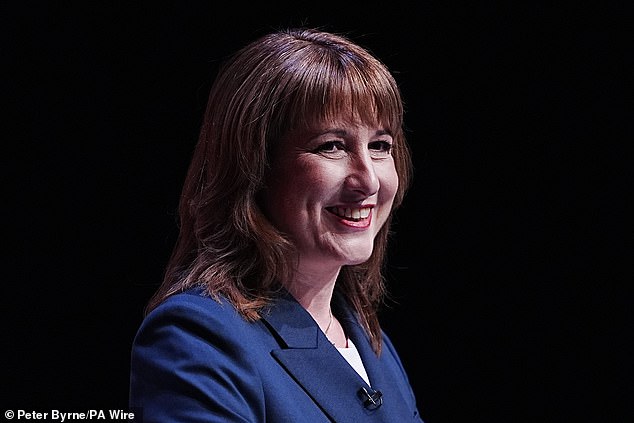Britons could soon see a big change in how much they’re allowed to save tax-free, as reports suggest Chancellor Rachel Reeves is considering halving the cash Isa allowance from £20,000 to £10,000.
The plan, reported by the Financial Times, aims to encourage savers to divert cash into the stock market, potentially giving the economy a boost.
The Chancellor is reportedly looking for ways to plug a potential £30 billion gap in the nation’s finances, and reforming Isa rules is one option on the table.
Cash Savings vs Investing: A Balancing Act
A Treasury spokesperson highlighted the delicate balance: “Cash savings are important for people looking to put money away for a rainy day and we will protect that.
But the Chancellor has been clear she wants to get Britain investing again, so British companies can grow and British savers who choose to invest can get more in return.”
Halving the cash Isa allowance is just one of several Isa reform ideas being considered, with the possible return of the “Great British Isa” also under discussion.
This plan, initially proposed under the Conservative Government, would have offered an extra £5,000 tax-free allowance if invested only in UK-listed companies — but it was scrapped by Labour to avoid complicating the Isa landscape.
Backlash from Savers and Building Societies
Plans to cut the £20,000 allowance were expected to feature in Reeves’ Mansion House speech in July, but a backlash from savers, building societies, and campaigns like Hands Off Cash Isas delayed any action.
Building societies warned that cash Isas fund mortgages, and reducing inflows could push up mortgage costs for homeowners.
Andrew Gall, head of savings at the Building Societies Association, said: “It is really concerning that Rachel Reeves is still considering cuts to the cash Isa limit.
Starting to save is a crucial part of the journey to investing.”
Earlier rumours suggested the allowance could drop as low as £4,000 or £5,000, which would have aggressively pushed savers into the stock market and helped the Treasury collect more from tax on savings interest, currently around £6 billion a year.
The Cash Isa: History and Current Rules
If the allowance is cut to £10,000, it would return to levels last seen in 2009, when the Isa limit was £10,200.
Currently, savers can put up to £20,000 a year into cash Isas, earning tax-free interest. They can choose to invest in stocks and shares, hold cash, or a mix of both.
Despite last year’s reprieve, experts caution that a rollback may only be temporary.
Sarah Coles, head of personal finance at Hargreaves Lansdown, told This is Money: “Cuts to the cash Isa limit have yet to be completely ruled out.”
Opinions Split on Savings vs Investing
The Chancellor has made it clear that she’s exploring “further changes to Isas” to achieve “better outcomes for both UK savers and the UK economy.” But opinions on the move are divided.
Brian Byrnes, head of personal finance at investing platform Moneybox, argues that cash savings actually enable investing: “Cash Isas provide ordinary savers with the peace of mind and financial resilience needed to consider long-term investing.”
On the other hand, some investors believe cash Isas discourage long-term growth.
Michael Healy, UK managing director at trading and investing platform IG, said: “Cash Isas are a pernicious product that have not only failed to improve people’s wealth but have steadily eroded it.
They are completely incompatible with long-term wealth creation.”
The Debate Continues
As the Autumn Budget approaches, savers are watching closely.
The discussion highlights a fundamental tension in UK finance: encouraging long-term investment versus protecting short-term savings.
Whatever decision Reeves takes, it’s clear that cash Isas and the future of tax-free saving will remain at the centre of debate in the months ahead.
Share on Facebook «||» Share on Twitter «||» Share on Reddit «||» Share on LinkedIn